#dorothy stickney
Text


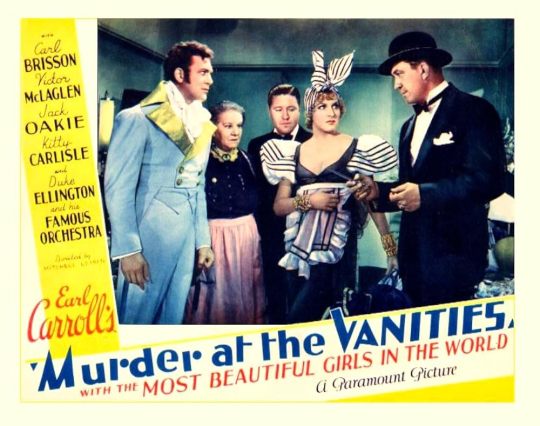
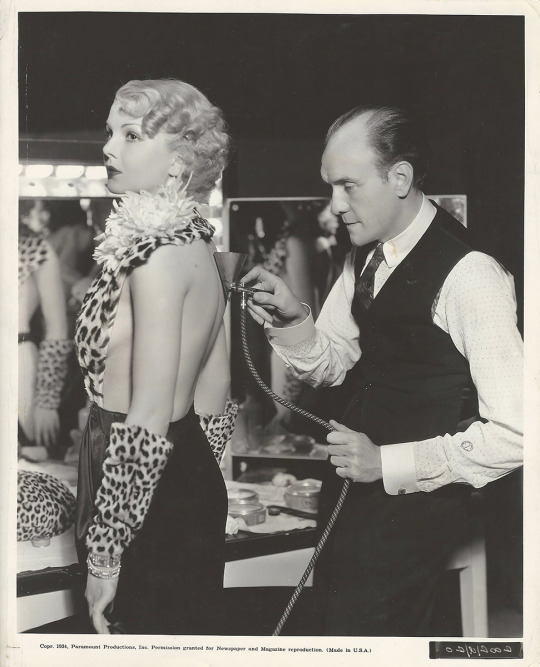


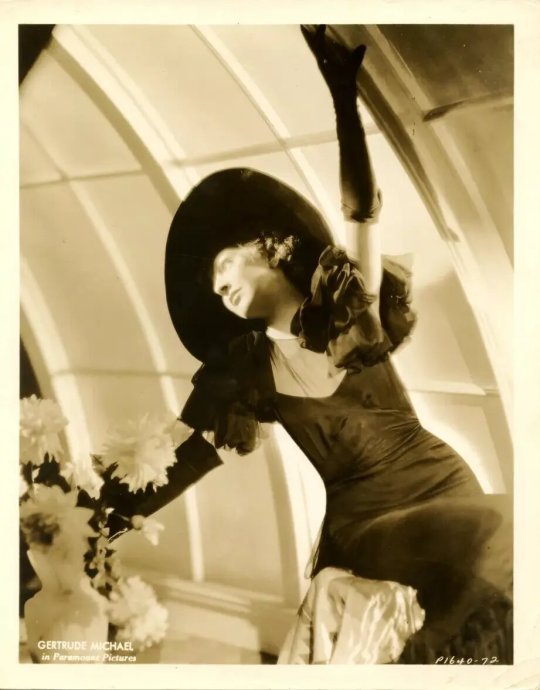
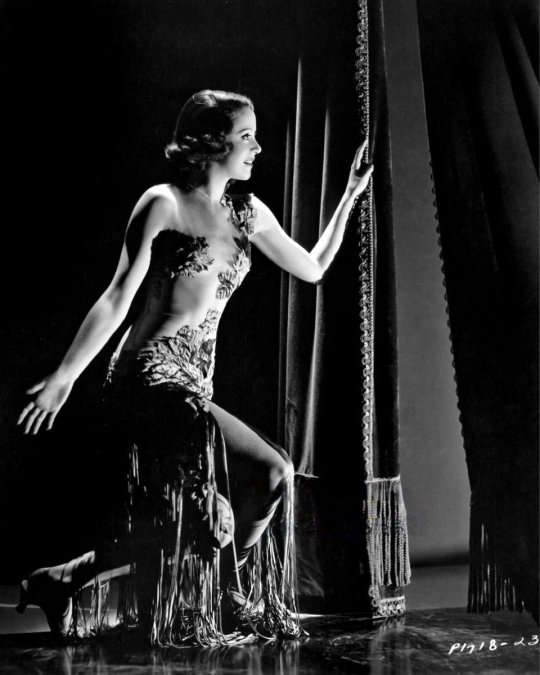


Murder at the Vanities (1934) Mitchell Leisen
April 2nd 2024
#murder at the vanities#1934#mitchell leisen#victor mclaglen#jack oakie#carl brisson#gertrude michael#dorothy stickney#kitty carlisle#jessie ralph#toby wing#charles middleton#gail patrick#donald meek#duke ellington#lucille ball#alan ladd#ann sheridan#pre-code#PreCodeApril
2 notes
·
View notes
Text

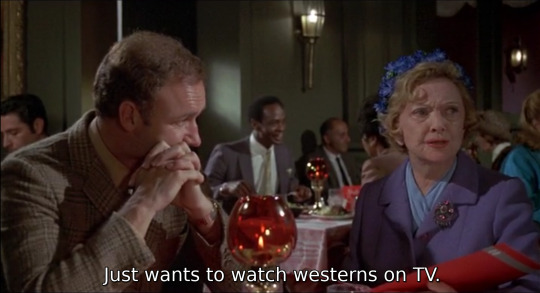
Big mood
#i never sang for my father#gene hackman#dorothy stickney#i watched this yestarday for gene's birthday#and the family relationships hit hard#it was really heavy and the performances were great i recommend#but be warned that it looks very low-budget and there are some EXTREMELY questionable editing decisions#screencaps
5 notes
·
View notes
Photo
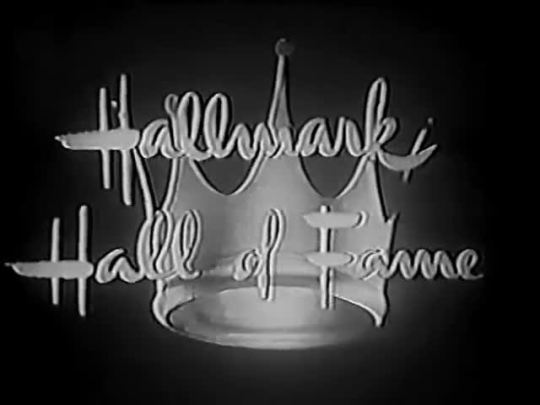

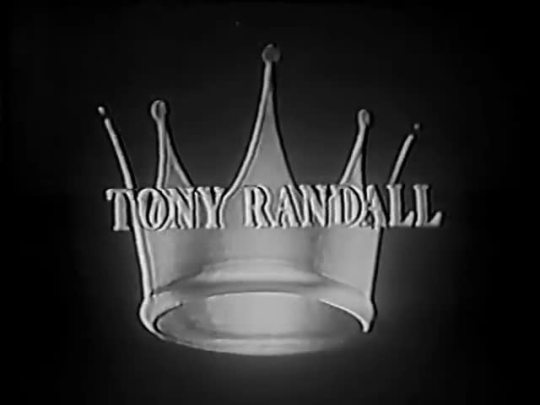
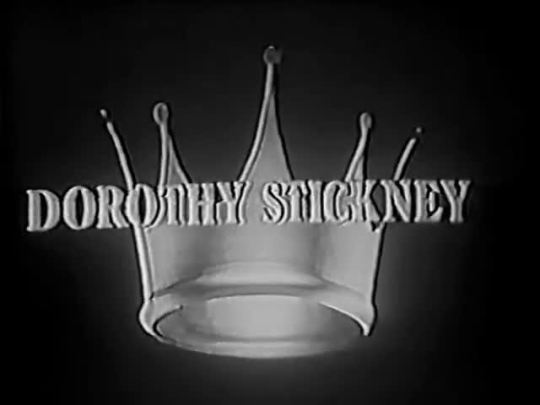
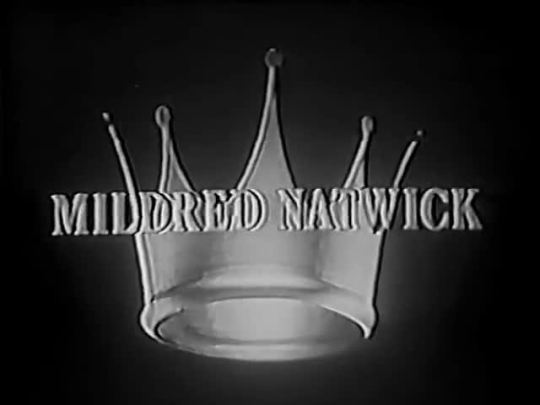

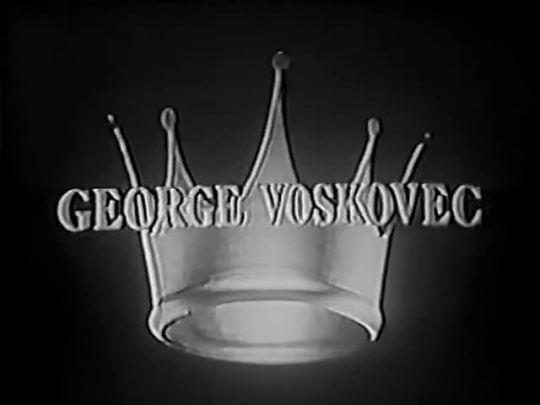

Arsenic and Old Lace - NBC - February 5, 1962
A presentation of the “Hallmark Hall of Fame”
Running Time 90 minutes
Stars
Tony Randall as Mortimer Brewster
Dorothy Stickney as Abby Brewster
Mildred Natwick as Martha Brewster
Tom Bosley as Teddy Brewster
George Voskovec as Dr. Herman Einstein
Boris Karloff as Jonathan Brewster
Farrell Pelly as Rev. Dr. Harper
Dort Clark as Officer Brophy
Nathaniel Frey as Officer Klein
Dody Heath as Elaine Harper
Alan McAteer as Mr. Gibbs
Ralph Dunn as Lt. Rooney
Edward Cullen as Mr. Witherspoon
#Arsenic and Old Lace#TV#NBC#Hallmark Hall of Fame#1962#Comedy#Tony Randall#Dorothy Stickney#Mildred Natwick#Tom Bosley#George Voskovek#Boris Karloff
10 notes
·
View notes
Text
Working Girls (1931) 1h 17min #Drama #Precode
1931 Drama USA
Synopsis— Two sisters arrive in New York straight from the country and settle down in a boarding house. based on the play Blind Mice by Vera Caspary and Winifred Lenihan
Directed by Dorothy Arzner
Written by Zoe Akins
Company Paramount Pictures
Cast—
Judith Wood (June Thorpe)Dorothy Hall (Mae Thorpe)Charles ‘Buddy’ Rogers (Boyd Wheeler)Paul Lukas (Dr. Joseph Von Schrader)Stuart Erwin (Pat Kelly)Frances Dee (Louise Adams)Mary Forbes (Mrs. Johnstone)Frances Moffett (Lou Hollings)Claire Dodd (Jane)Dorothy Stickney (Loretta)Adrienne Ames (Bit)Edith Arnold (Verne)Mischa Auer (Elsie’s Boyfriend)Sheila Bromley (Carrie)Marion Byron (Ellen)Leonard Carey (Boyd’s Butler)Ruth Channing (Frieda)Pat Cummings (Singer with Megaphone
#FrancesDee #JudithWood #DorothyHall #CharlesRogers — #precodehollywood #silverscreen #legends. #oldhollywood
#frances dee#old hollywood#precode#golden age of hollywood#silver screen legends#silver screen goddess#DorothyHall#Judith wood#charles rogers#silver screen#classic film#classic#pre code hollywood
0 notes
Photo
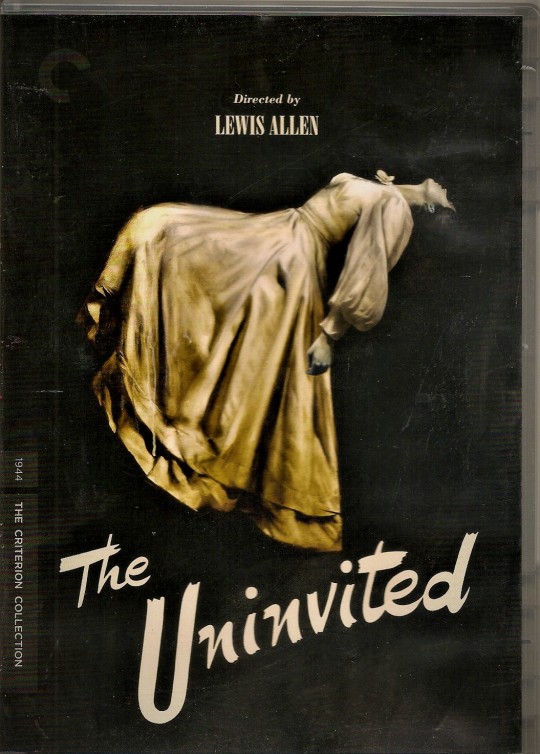
Bad movie I have The Uninvited 1944
#The Uninvited#Paramount Pictures#Ray Milland#Ruth Hussey#Donald Crisp#Cornelia Otis Skinner#Dorothy Stickney#Barbara Everest#Alan Napier#Gail Russell#David Clyde#Betty Farrington#Helena Grant#Lynda Grey#Holmes Herbert#Leyland Hodgson#John Kieran#Queenie Leonard#Moyna MacGill#Jessica Newcombe#Rita Page#Elizabeth Russell#Ivan F. Simpson#Evan Thomas
12 notes
·
View notes
Photo


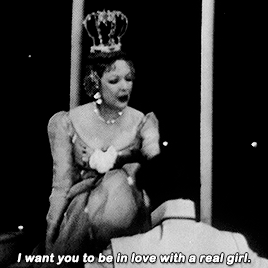
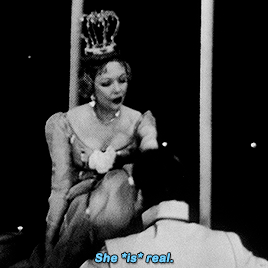
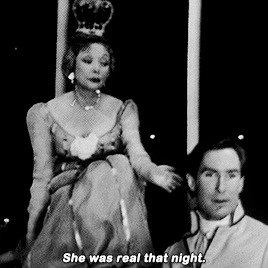

RODGERS AND HAMMERSTEIN’S CINDERELLA (1957).
#userdeforest#cinderellaedit#filmedit#classicfilmedit#classicfilmsource#classicfilmblr#oldhollywoodedit#moviegifs#jon cypher#dorothy stickney#gif#gif: rodgers and hammerstein's cinderella#gif: jon cypher#gif: dorothy stickney#this is haunting
68 notes
·
View notes
Photo
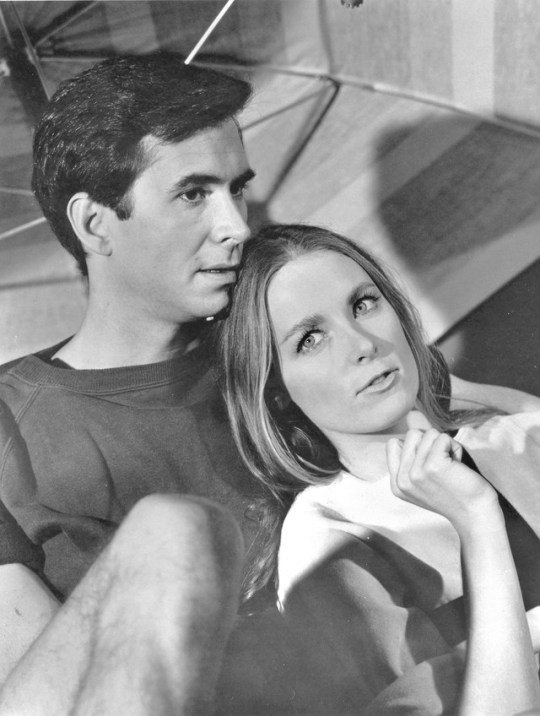
Weil die strengen Aufpasser der illegal im Kaufhaus lebenden nächtlichen Geheimgesellschaft sich dort nicht wohl fühlen, treffen sich die verboten Liebenden in “Outdoor Sports”. In Stephen Sondheims absurden Mini-Fernseh-Musical Evening Primrose.
#Evening Primrose#Anthony Perkins#Charmian Carr#Dorothy Stickney#Musical#Film gesehen#Stephen Sondheim
7 notes
·
View notes
Photo
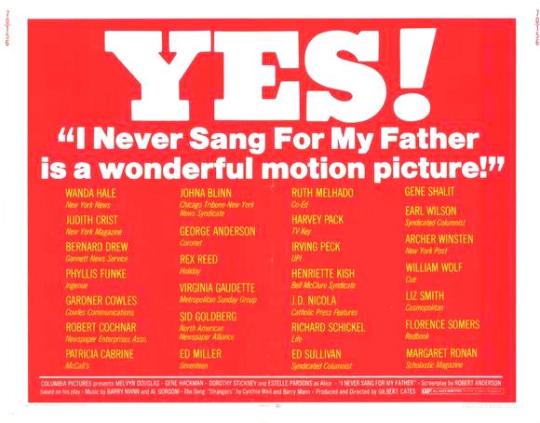

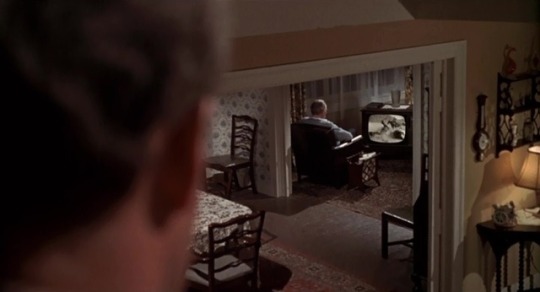
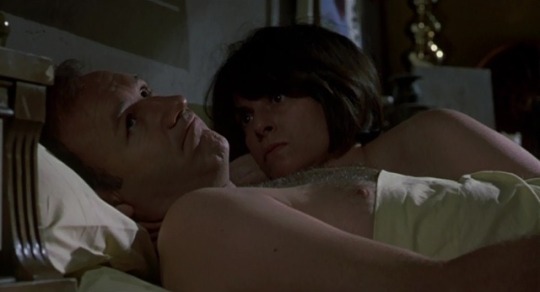

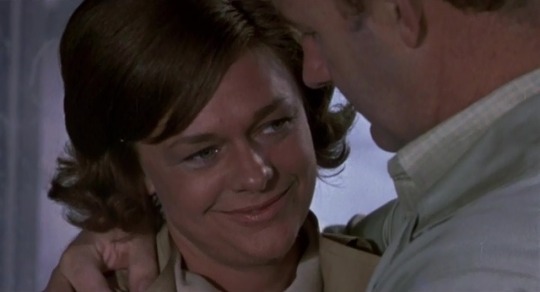
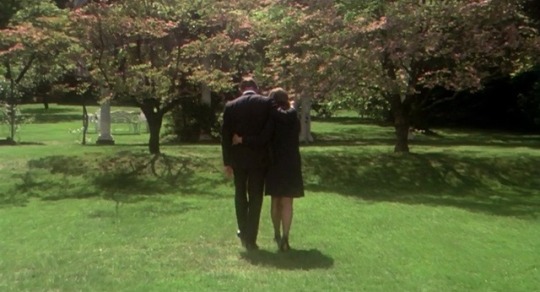



I Never Sang for My Father (1970, Gilbert Cates)
2/5/19
#70s#I Never Sang for My Father#Gene Hackman#Melvyn Douglas#Dorothy Stickney#Estelle Parsons#Elizabeth Hubbard#drama#Oscar nominee#father and son#death#grief#guilt#aging#child abuse#loneliness#elderly#widowers#families#dysfunctional family#teachers#antisemitism
4 notes
·
View notes
Text
I NEVER SANG FOR MY FATHER Review - ***
I NEVER SANG FOR MY FATHER Review – ***

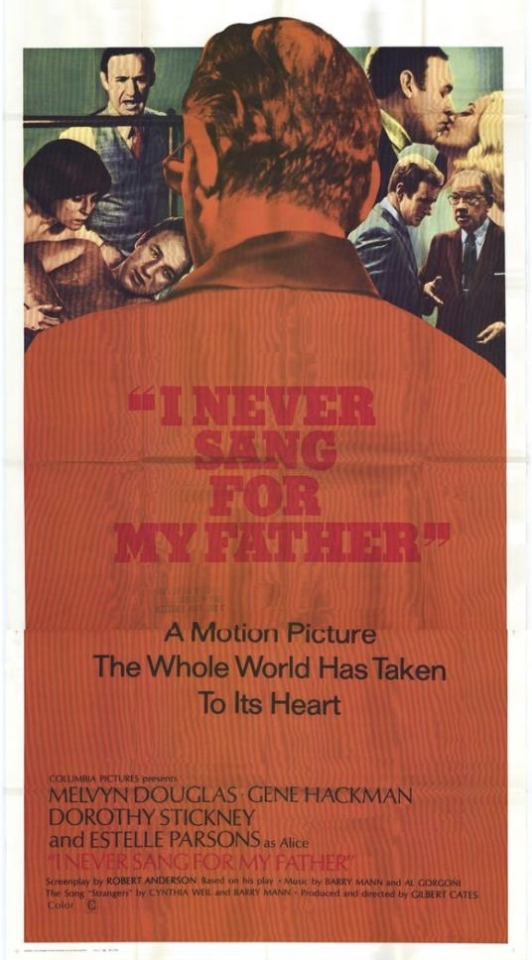
How do we measure the impact of our lives? How do we—how can we—come to terms with the fact that the impact of our lives might not outlive us? It’s hard enough to see your place in the larger world filled by another or wiped out entirely, but what about your place in the lives of your children? How much testimony will their lives provide for your existence? How much testimony should they provide?
View On WordPress
#70s films#Dorothy Stickney#Estelle Parsons#Film Reviews#Gene Hackman#Gilbert Cates#I Never Sang for My Father#Melvyn Douglas#Robert Anderson
0 notes
Photo
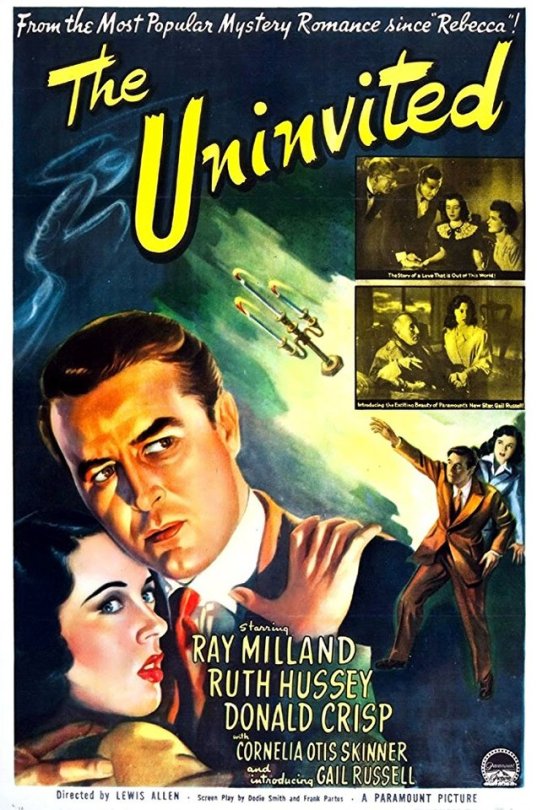
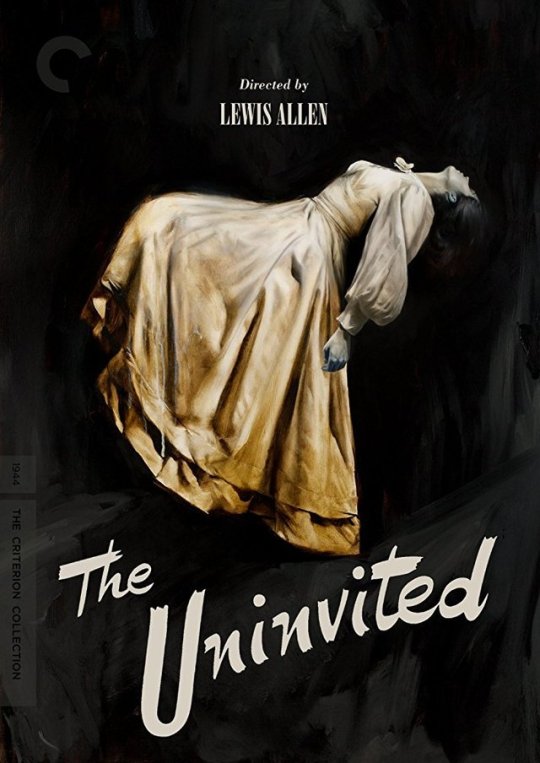
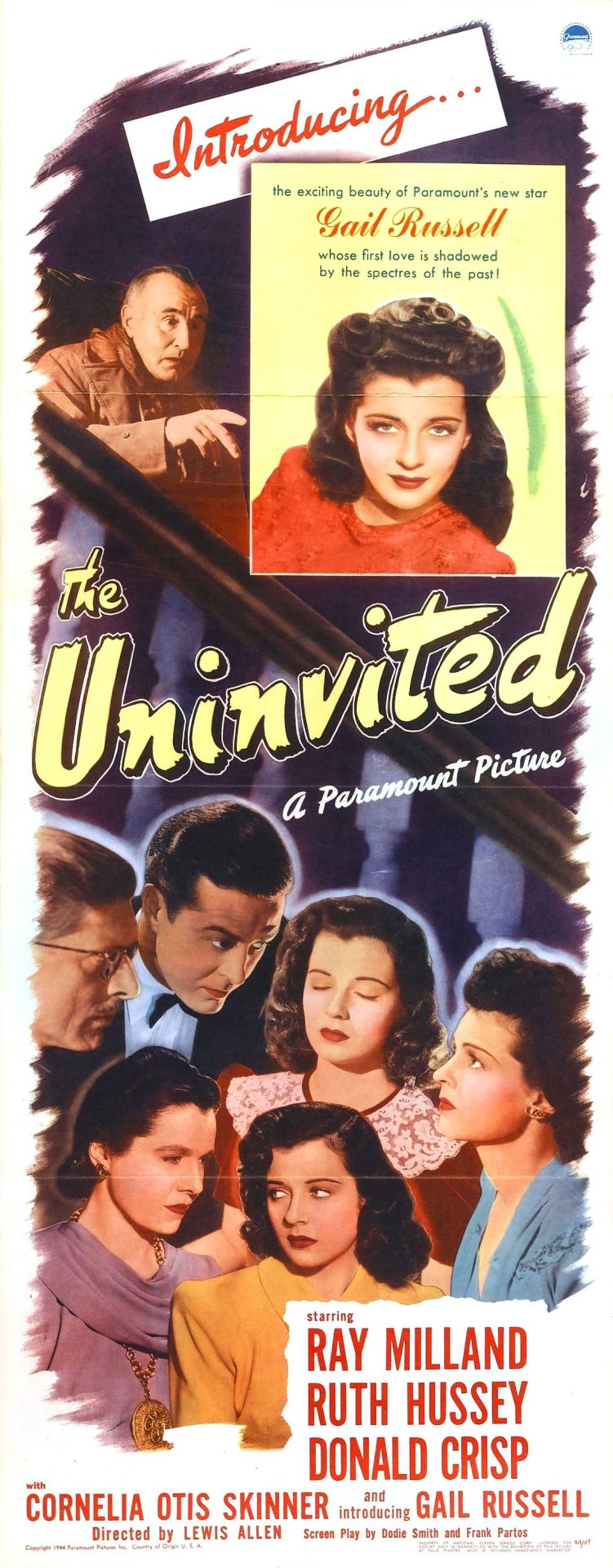
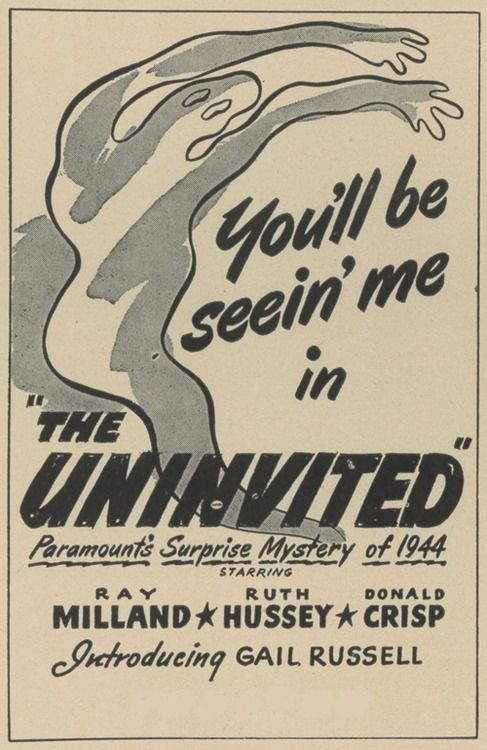
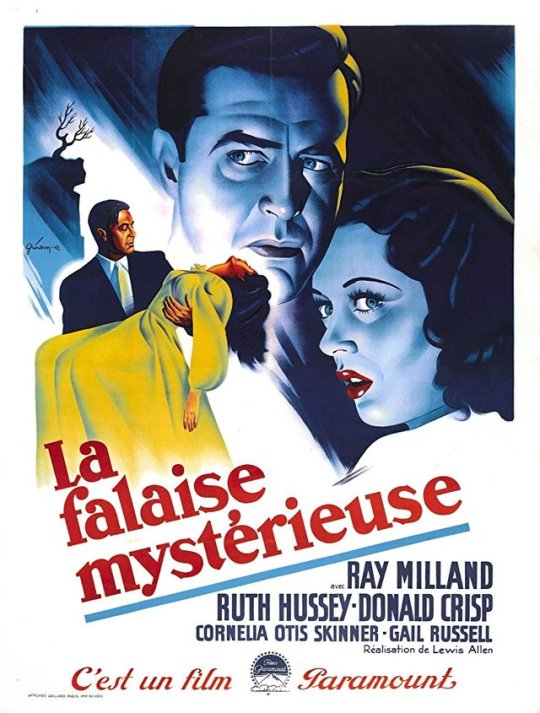
2017:193 — The Uninvited
(1944 - Lewis Allen) ***
Love that French poster.
#film#1944#The Uninvited#Lewis Allen#Dorothy Macardle#Ray Milland#Ruth Hussey#Donald Crisp#Cornelia Otis Skinner#Dorothy Stickney#Barbara Everest#Alan Napier#Gail Russell#three stars#shocktober
27 notes
·
View notes
Photo




Working Girls (1931) Dorothy Arzner
September 13th 2022
#working girls#1931#dorothy arzner#judith wood#dorothy hall#charles rogers#charles 'buddy' rogers#paul lukas#stuart erwin#dorothy stickney#frances moffett#yvonne howell#claire dodd#frances dee#pre-code
2 notes
·
View notes
Photo

Mary Astor and Dorothy Stickney in AND SO THEY WERE MARRIED (’36)
29 notes
·
View notes
Text
Cinderella September-through-November: Rodgers and Hammerstein's "Cinderella" (1957 TV musical)

Rodgers and Hammerstein's Cinderella needs almost as little introduction as Disney's animated version. Three TV productions, glitzy Broadway, West End and national tour productions, and countless productions in schools, children's theatres and community theatres have made this unquestionably the best-known, best-loved Broadway-style musical version of the fairy tale. The legendary duo of Richard Rodgers and Oscar Hammerstein II crafted a tuneful array of songs that so many of us have known by heart since childhood: "The Prince is Giving a Ball," "In My Own Little Corner," "Impossible/It's Possible," "Ten Minutes Ago," "Stepsisters' Lament," "Do I Love You Because You're Beautiful?" and "A Lovely Night," as well as the orchestral "Gavotte" and "Waltz for a Ball."
This TV production, broadcast live and in color (though the only surviving version is in black and white) to millions of viewers on March 31, 1957, was where it all began. It was produced by NBC as their answer to the success of another TV musical, CBS's Peter Pan starring Mary Martin, and as a vehicle for the shining new star of Broadway's smash hit My Fair Lady, 21-year-old Julie Andrews.
For those of us who grew up with the 1965 and 1997 remakes, this original version of the musical is interesting to discover. The script, written by Hammerstein along with the lyrics, is a particularly frothy, comic take on the fairy-tale. The Stepmother (Ilka Chase) is cheerfully haughty and never really threatening, while her daughters, brassy would-be intellectual Portia (Kaye Ballard) and sourpuss Joy (Alice Ghostley) are broad figures of fun. Cinderella herself, dressed in a plain yet respectable ladies' maid costume without even the Disney version's few token tatters, is excluded and overworked but never blatantly abused, with the barrage of orders heaped on her played, again, mostly for laughs. Further gentle humor is provided by the Prince's slightly dotty yet devoted parents, the King and Queen, played by the real-life Broadway "power couple" Howard Lindsay and Dorothy Stickney. And the youthful, elegant Fairy Godmother (Edie Adams) is far from the sweet, motherly figure of tradition, but a mischievous trickster type of fairy instead. Cinderella already knows her from the beginning (this is one of the few retellings of the tale to follow Charles Perrault's version in that respect), but doesn't know she's a fairy: she masquerades as an ordinary, practical-minded godmother who scoffs at Cinderella's "foolish dreams," until it's clear that Cinderella won't give them up, and only then reveals her magic.
Still, Hammerstein brings sincerity and genuine tenderness to the figure of Cinderella and to her romance with Prince Christopher (a pre-Hill Street Blues Jon Cypher). Although they don't meet before the ball in this version, their two romantic duets bring a depth of feeling to their blossoming love that other adaptations (e.g. Disney's) sometimes lack. And Cinderella herself has a distinct character arc, as she starts out "as mild and as meek as a mouse," trying to be content with her fantasies alone, but by the end gains the courage to do more than just wish and ventures back to the palace in her shabby clothes. It's there – with a little more mischievous help from her Fairy Godmother – that she tries on the glass slipper.
By 1957 TV standards, no expense was spared for the production. That said, 1957 TV standards aren't today's standards. The sets look fairly cramped, narrow and studio-bound throughout, especially in the ballroom. It's probably for this reason, as well as Julie Andrews' association with My Fair Lady, that the costumes have a vague early 20th century look, with the women in simple, slender dresses that make dancing easier in a narrow space than lavish, full-skirted "fairy tale" gowns would have done. Cinderella's chic white ballgown could just as easily have been worn to the Embassy Ball by Eliza Doolittle! The "magic" effects are also fine for their day, but limited: unlike in the two later remakes, for example, Cinderella's dress transformation takes place offscreen. Still, the performance is carried not by its visual aspects, but by the all-star cast.
It's fascinating to see such a young Julie Andrews in the first bloom of her stardom, and without question she's a luminous Cinderella. I think it's fair to say, though, that her posh-accented, always composed and ladylike portrayal (although it would make Henry Higgins proud) lacks the depth and pathos of other Cinderellas. This is at least partly due to the airy-toned script, which lets her show wistful yearning but never deep sadness. At any rate, her legendary voice shines in the songs that were written for her. The rest of the cast is uniformly excellent, with first-rate voices and endearing characterizations. Although the breezily comic portrayals of the stepfamily won't suit all tastes, nor will Edie Adams's vinegary, puckish Fairy Godmother. The latter's portrayal has charm, but it most definitely wouldn't work in a less comic version of the tale or with a more fragile and abused Cinderella than Julie Andrews.
Whether you think this original version of Rodgers and Hammerstein's Cinderella is the best or if its later remakes are improvements is a matter of taste. But either way, this TV broadcast is a historic landmark, and a must-see both for Cinderella completists and for lovers of Rodgers and Hammerstein's musicals.
#cinderella#fairy tale#cinderella september through november#rodgers and hammerstein#musical#1957#julie andrews#television
25 notes
·
View notes
Photo

From the PJV Archives: Many a thing you know you’d like to tell her...
Famed playwright and Broadway librettist, Russel Crouse, congratulates star Julie Andrews at the New York premiere of The Sound of Music.
Photograph by Bob Gomel. Rivoli Theatre, New York, 2 March 1965.
With long-standing writing partner, Howard Lindsay*, Crouse co-wrote the book for the original stage version of The Sound of Music. The pair penned books for a string of other Broadway hits including Anything Goes (1934), Call Me Madam (1950), and Happy Hunting (1956), as well as the non-musical classics, Life with Father (1939) and State of the Union (1945), for which they won a Pulitzer prize.
* Bonus trivia: Crouse’s writing partner, Howard Lindsay, was also an actor of considerable note and, in 1957, he co-starred with Julie in the Rodgers and Hammerstein telemusical, Cinderella, playing the part of the King, with his real-life wife, Dorothy Stickney, alongside him as the Queen.
#julie andrews#the sound of music#russel crouse#howard lindsay#lindsay and crouse#Broadway#musicals#film premiere#classic film
9 notes
·
View notes
Text
MURDER AT THE VANITIES
May 18, 1934
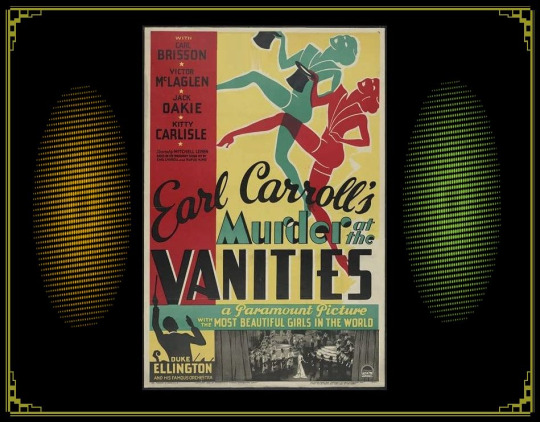
Director: Mitchell Leisen
Producer: E. Lloyd Sheldon for Paramount Pictures
Writers: Carey Wilson and Joseph Gollomb, based on the play by Earl Carroll and Rufus King
Synopsis ~ Shortly before the curtain goes up at Earl Carroll's Vanities, someone is attempting to injure leading lady Ann Ware, who wants to marry leading man Eric Lander. Stage manager Jack Ellery calls in his friend, policeman Bill Murdock, to help him investigate. They find the corpse of a murdered women. Bill suspects Eric of the crime, especially, after the second female lead Rita Ross told him she saw the women leaving from Eric's room. Rita is shot onstage with Eric's gun.
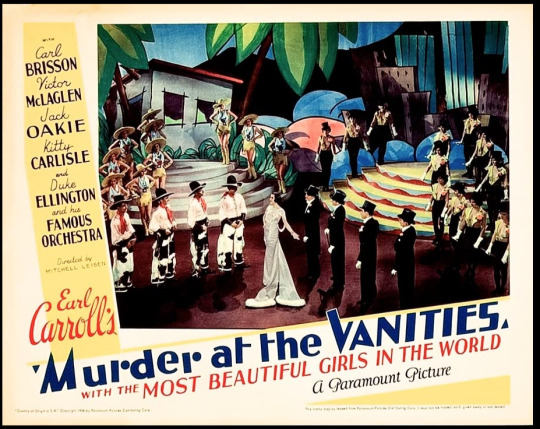
PRINCIPAL CAST
Carl Brissson (Eric Lander) was a Danish-born actor and singer making his only appearance with Lucille Ball. He would only make two more films before leaving film acting.
Victor McLaglen (Bill Murdock) would win an Oscar in 1936 for The Informer. He would be nominated again in 1953 for The Quiet Man. This is his only appearance with Lucille Ball.
Jack Oakie (Jack Ellery) would be seen with Lucille Ball in That Girl From Paris (1936) as well as both Annabel films (1938).
Kitty Carlisle (Ann Ware) made her film debut in this movie. She later married playwright Moss Hart and became an arts advocate. She was also frequently seen on talk, quiz, and panel shows. This is her only appearance with Lucille Ball.
Dorothy Stickney (Norma Watson) was a stage and screen actress making her only appearance with Lucille Ball.
Gertrude Michael (Rita Ross) was also seen with Lucille Ball in Hold That Girl, released two months earlier.
Jessie Ralph (Mrs. Helene Smith) was also seen with Lucille Ball in the 1934 films The Affairs of Cellini and Nana. In 1936 they appeared together in Bunker Bean.
Charles Middleton (Homer Boothby) was also seen with Lucille Ball in The Bowery (1933), followed by Nana and Broadway Bill, both in 1934.
Gail Patrick (Sadie Evans) would also be seen with Lucille Ball in 1937′s Stage Door.
Donald Meek (Dr. Saunders) appeared with Lucille Ball in The Whole Town’s Talking and Old Man Rhythm (both in 1935), as well as Having Wonderful Time (1938), and Du Barry Was A Lady (1943).
Toby Wing (Nancy) makes her only appearance with Lucille Ball.
Duke Ellington (Himself) was a composer, orchestra leader, and one of music’s most legendary personalities. This is his only time performing with Lucille Ball.
UNCREDITED CAST

Lucille Ball (Earl Carroll Girl) makes her ninth film since coming to Hollywood in 1933. Although she started out as a Goldwyn Girl at RKO, here she is a Earl Carroll girl at Paramount.
Ann Sheridan (Lou, Earl Carroll Girl) went on to a successful acting career known for her roles in the films San Quentin, Angels with Dirty Faces, They Drive by Night, The Man Who Came to Dinner, Kings Row, Nora Prentiss, and I Was a Male War Bride.
Virginia Davis (Earl Carroll Girl), as a child actress, was Walt Disney’s original Alice in Wonderland in a series of silent shorts from 1923 to 1925.
Other Earl Carroll Girls: Ernestine Anderson, Lona Andre, Marion Callahan, Nancy Caswell, Marguerite Caverley, Juanita Clay, Helen Curtis, Virginia Davis, Dorothy Dawes, Winnie Flint, Barbara Fritchie, Nora Gale, Zumetta Garnett, Gwenllian Gill, Ruth Hilliard (film debut), Inez Howard, Billie Huber, Diane Hunter, Constance Jordan, Evelyn Kelly, Patsy King, Iris Lancaster, Blanche McDonald, Leda Nicova, Wanda Perry, Rita Rober, Laurie Shevlin, Gwynne Shipman (film debut), Anya Taranda, Beryl Wallace (film debut), Dorothy White, Vivian Wilson, Gladys Young
Alan Ladd (Chorus Boy) found success in film in the 1940s and early 1950s, particularly in Westerns, such as Shane and in films noir. He was often paired with Veronica Lake in films such as This Gun for Hire, The Glass Key, and The Blue Dahlia.
Shep Houghton (Chorus Boy) also appeared with Lucille Ball in such films as Too Many Girls (1940), Lured (1947), Easy Living (1949), and Critic’s Choice (1963). On TV he appeared on two episodes of “The Lucy Show” and one “Here’s Lucy.” He was one of the Winkie Guards in The Wizard of Oz and a Southern Dandy in Gone With The Wind, both in 1939.
Other Chorus Boys: Dave O'Brien, Dennis O'Keefe, Frank Sully
Dancers in Ebony Rhapsody: Lucille Battle, Mildred Boyd, Gladys Henderson, Cleo Herndon, Ruth Scott, Carolynne Snowden
The King's Men (Lovely One Quartet)
OTHERS
Colin Tapley (Stage Manager)
Roy Crane (Assistant Stage Manager)
William Arnold (Treasurer)
Arthur Rankin (Assistant Treasurer)
Betty Bethune (Charwoman)
Howard M. Mitchell (Detective)
Mike Donovan (Police Sergeant)
Stanley Blystone (Policeman)
Mary Gordon (Assistant Wardrobe Woman)
Mildred Gover (Pearl)
Hal Greene (Call Boy)
Otto Hoffman (Walsh)
Mitchell Leisen (Orchestra Leader)
Charles McAvoy (Ben)
Ted Oliver (Murdock's Chauffeur)
Teru Shimada (Koto)
Cecil Weston (Miss Bernstein)

Many of the Earl Carroll Girls featured in the film were authentic cast members from Carroll's stage show, which ran on Broadway from November 1933 to March 1934. These cast members were brought out to Hollywood from New York especially for this film, and many stayed to pursue film careers. Earl Carrol Girls who appeared in the stage version of Murder at the Vanities, but not this film version, included Dudone Blumier, Eunice Coleman, Muriel Evans, Evalyn Knapp, Helene Madison, Lorna Rode and Marion Semle. Also in the cast was a Ruth Mann, who was probably Helen Mann.

The film was based on a Broadway production of the same name, but completely rewritten for the screen and with all new musical numbers.

In “The Audition” (ILL S1;E6) aired on November 19, 1951 Lucy says to Ricky: “I’ll bet if Ziegfeld or Earl Carroll had seen me, they’d sign me up like that!” She then puts a lampshade on her head and struts about the room in a moment recycled from the (then) unaired pilot.
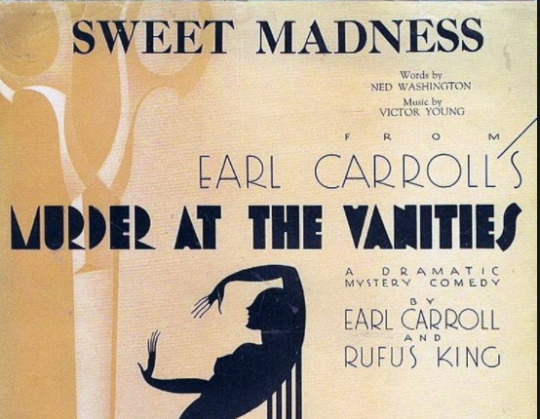
This film contains a song and dance number called “Sweet Marijuana”. It got past the censors because at the time the film was made, the drug was not illegal. Today, many prints omit this production number all together.

The film also introduced the standard “Cocktails for Two” by Arthur Johnston and Sam Coslow.

Gimbels in New York did a promotion in connection with the film, selling Mojud Clari-phane stockings using images of some of the Earl Carroll Girls. Sadly, Lucille Ball is not among them!

The film was a box office disappointment for Paramount.
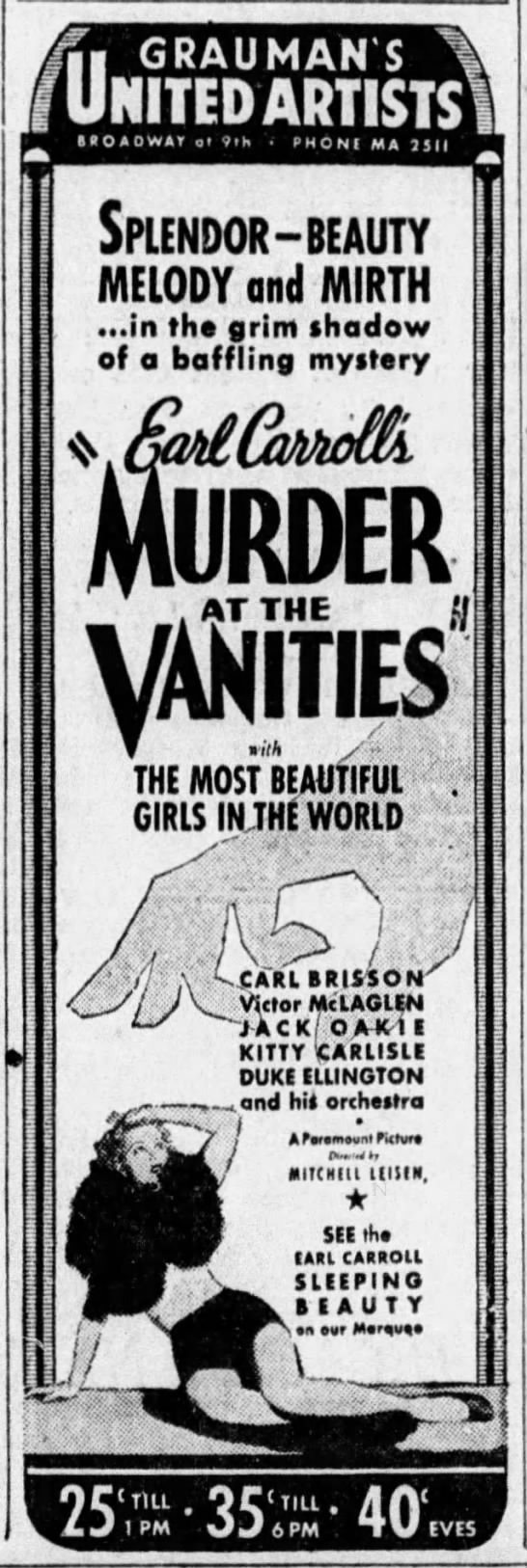
#Murder at the Vanities#Lucille Ball#Earl Carroll#1934#Duke Elliington#Shep Houghton#Kitty Carlisle#Jack Oakie#Alan Ladd#Ann Sheridan
8 notes
·
View notes
Photo

Cast of “I Never Sang for My Father” included Hal Holbrook, Teresa Wright, and Laurinda Barrett. Lois Wilson was Miss Gish’s understudy. In the 1970 film starring Gene Hackman had Holbrook’s role, actress Dorothy Stickney (1896-1998) had the role of Margaret Garrison, the role Lillian played in the Broadway production. Melvyn Douglas had the lead senior role in the film. It was Melvyn Douglas who presented Lillian with her honorary Academy Award in 1971. (Photo: Lillian Gish, at the 43rd Annual Academy Awards, 1971 - Herald-Examiner)
6 notes
·
View notes